Six ways to choose the right synth
We live in a world that has gone synth mad, with countless models available in hardware or software, for any budget and for any type of music creation. So how do you choose the right one to buy?

There have never been so many synthesizers in the history of humankind. Software, hardware, vintage, modular, freeware, analogue, digital, expensive, cheap, emulators, perambulators… Loads of them. Everywhere. Almost like they are breeding in some kind of synth city somewhere.
And we love (nearly) all of them. So how to choose one above another? There are simply so many that you could spend a day scanning reviews in just one of the above-mentioned categories. But as always, there is an easy way. Actually six. Follow this guidance and you’ll narrow down your choices. Perhaps not to one single synth, but at least we’ll help you narrow down the forest of synth ideas to a small copse of synth brilliance, so read on for some nuggets of choice synth-ness…
Software or hardware?
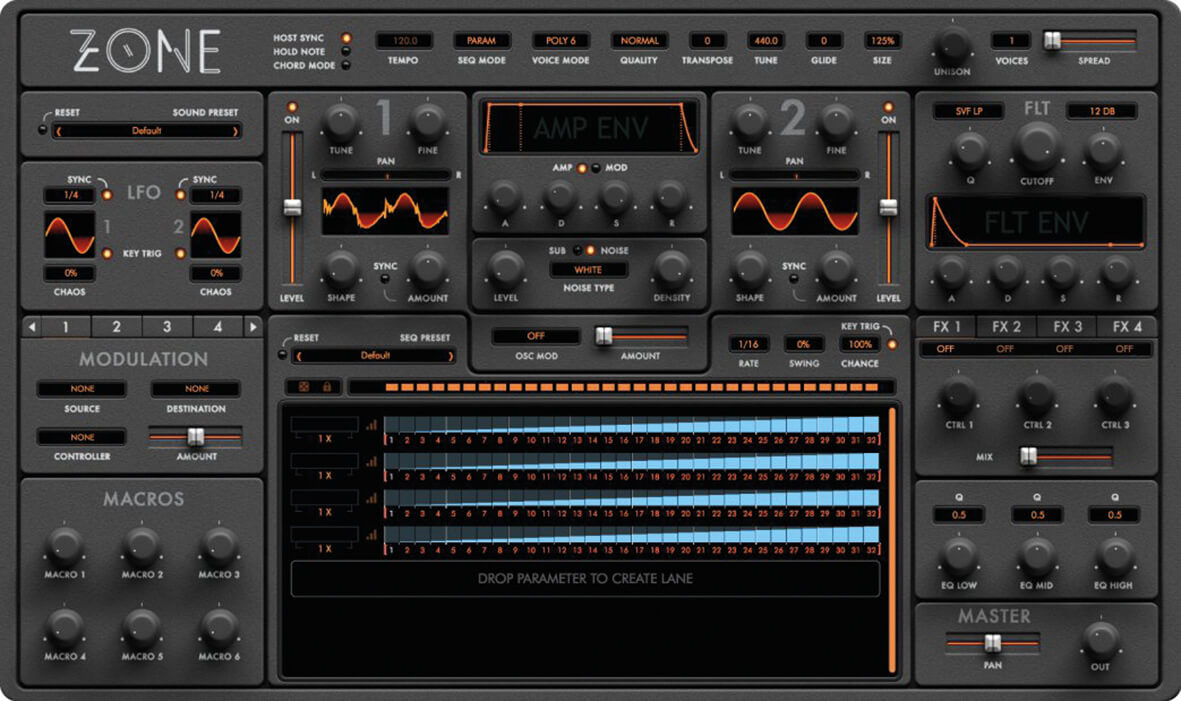
The biggest synth decision is whether to go hard or soft. Go soft and it’ll be cheaper (free, even, if freeware), possibly capable of grander sounds and you’ll be able to integrate them easily within your DAW productions. Go hard and you’ll have a tactile thing of beauty that you can sell on but, in 90 per cent of all cases, it will cost you more (possibly a lot more). However, you will have an instrument, a playable item that shows anyone caring to look that you make music, so if you prefer to be seen twisting controls rather than apparently sending emails, go hardware every time.
Analogue or digital?
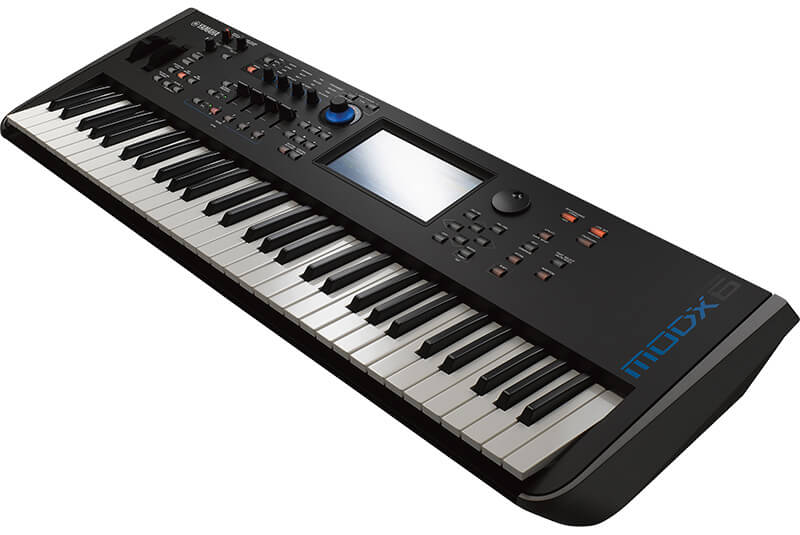
Here’s another biggie. Broadly (very broadly) speaking, the analogue route will give you big basses, tearing leads, searing strings and lovely pads. Going digital can give you any type of sound and synthesis engine, but emulations of ‘real’ instruments are a digital speciality. However, there are those who say digital will never give you a proper analogue sound, because it’s… well… not analogue. We could go into arguments either way, but believe us, life is far too short. Talking of time, life and the lack of both, it’s modular time!
Modular or all-in-one?
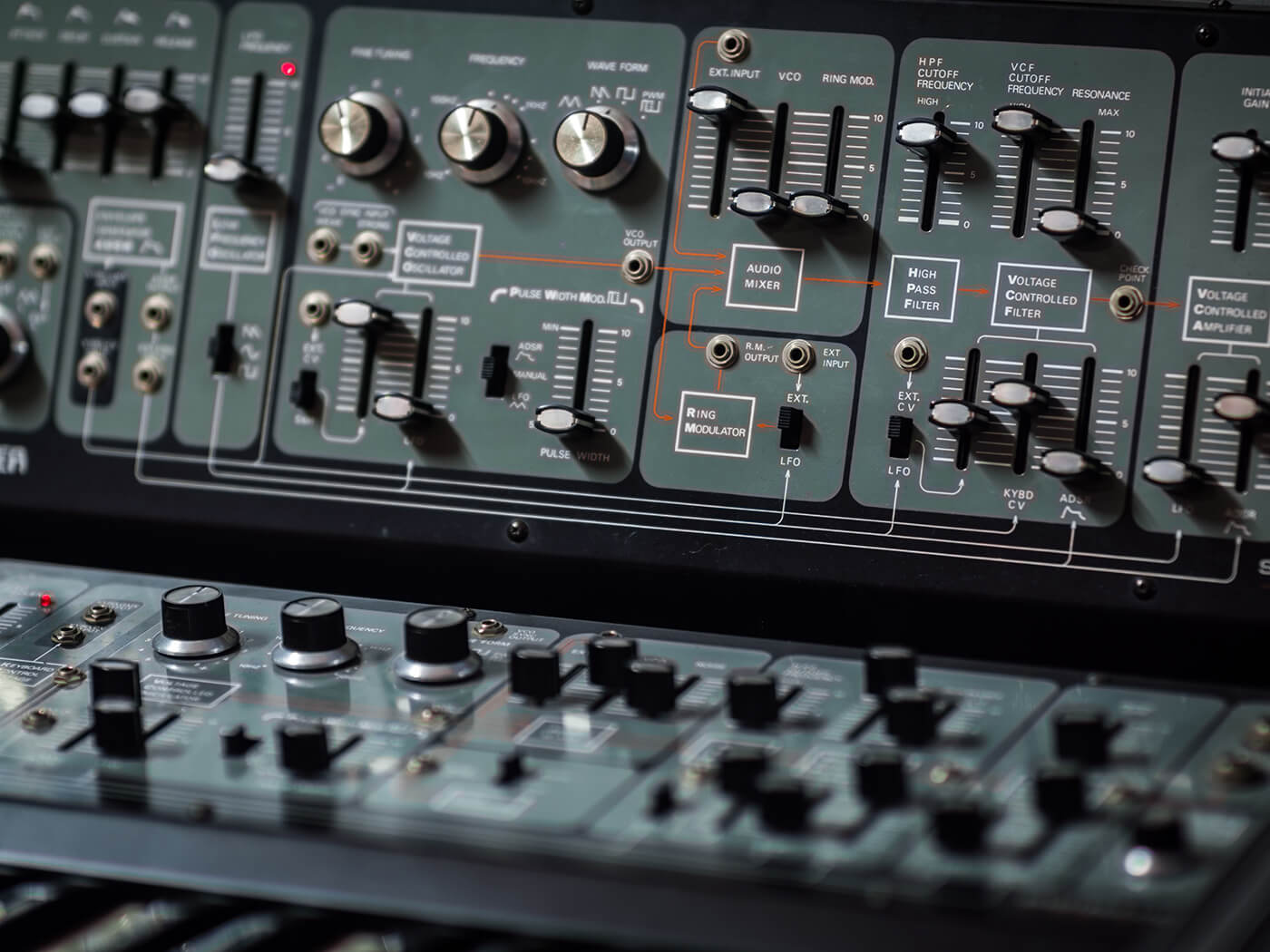
Now we’re getting interesting. Do you want a synth that works out of the box, one that has presets, and pretty much everything done for you? Or do you want to create a modular-synth beast that no one else has? The modular route enables you to combine whatever component parts you want together into one bespoke system and can be reasonably cost effective. Or not. It can also be as addictive as Chocolate Mini Eggs and deplete your bank account at top speed as you build a wall of modules. One synth to do it all might seem like an expensive route initially, then, but could save you cash, dignity and marriages down the line.
New or second-hand?
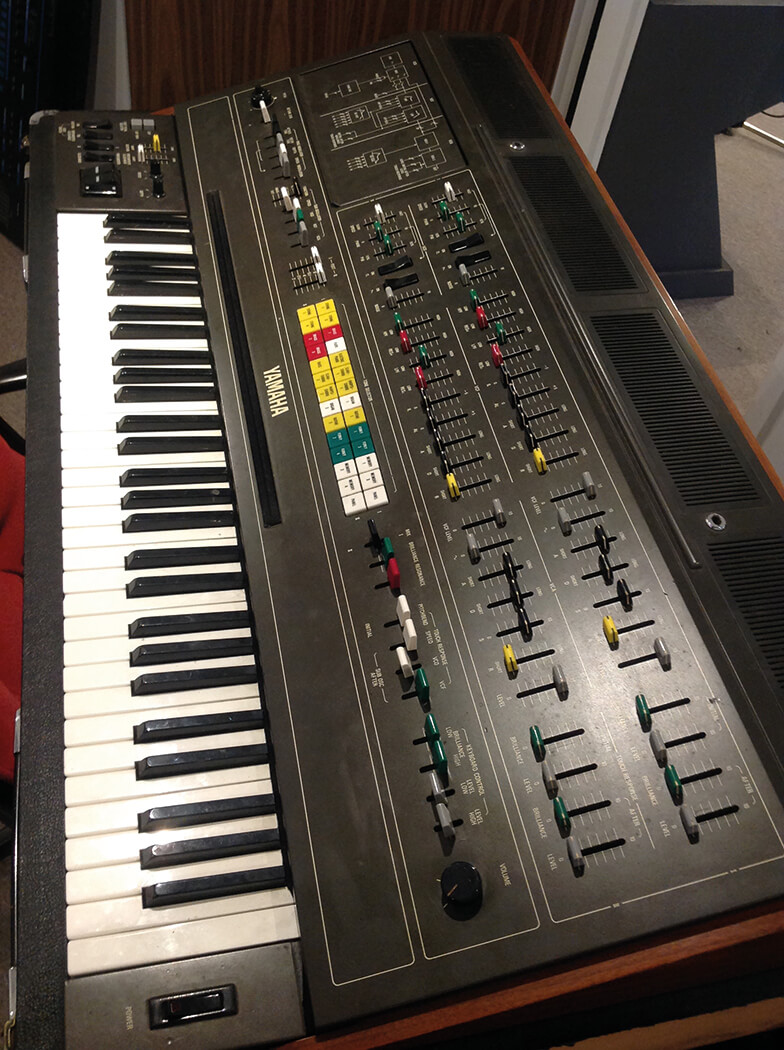
The differences here are obvious. Get something new and you are guaranteed some kind of after-sales service and product lifespan. Buy something second-hand and you’re dicing with all sorts of dodgy situations, but saving a few quid along the way. However, synths are so cheap now – see below – that the second-hand route should probably only be considered if you are after classic, vintage synths, in which case you’ll a) have a pretty sizeable bank account and b) won’t be reading this anyway, as your decision has already been made.
Lots of cash or less cash?
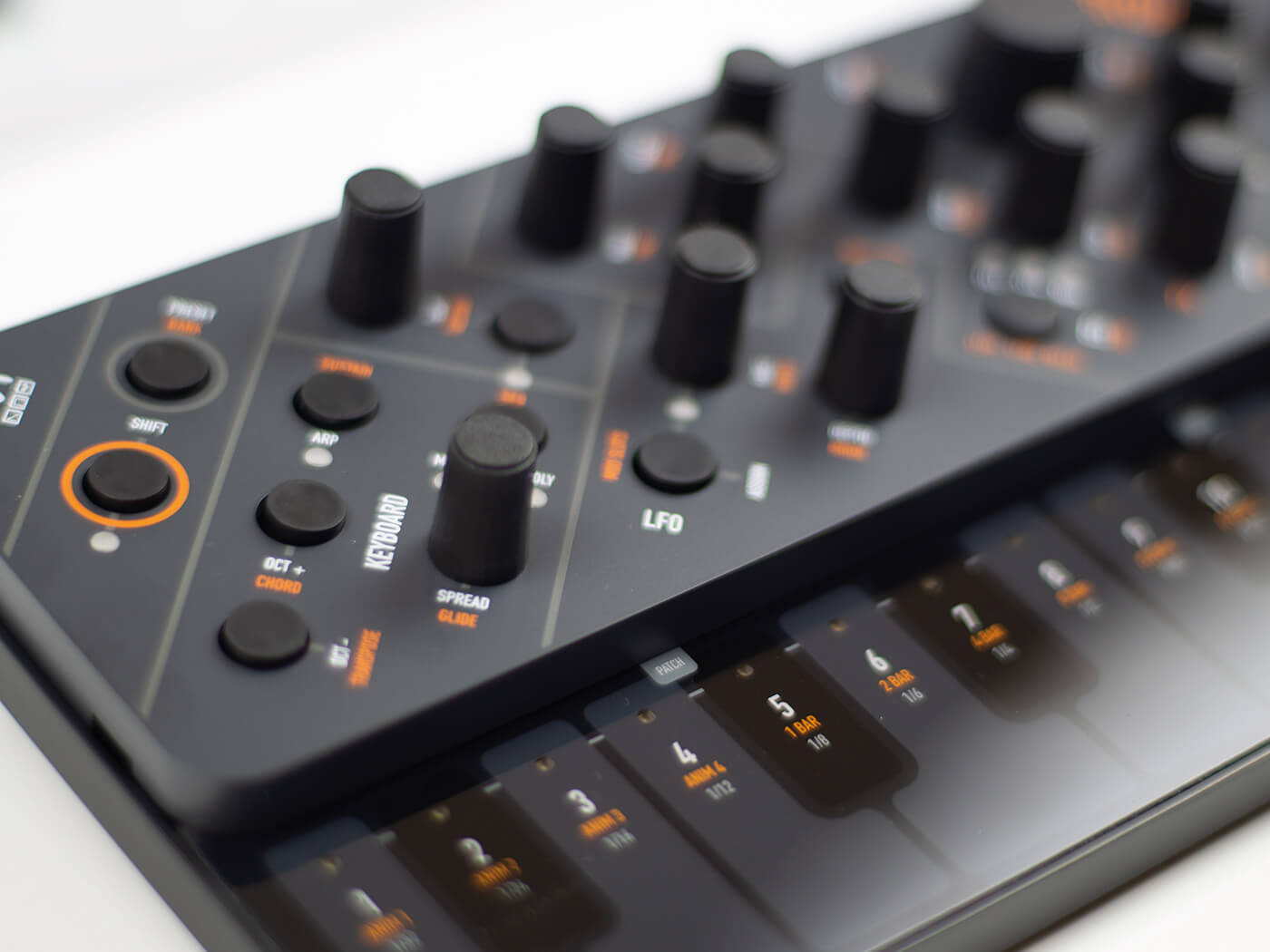
You can spend a fortune on a synthesizer. But, increasingly of late, cheap synths have been swamping the market. Arturia, Korg, Modal, IK Multimedia and many more have synths that have barely reached three figures in terms of cost, so don’t think that you need to spend a fortune on a quality hardware instrument. However, if you have the budget – and we mean have a significant four figures to spend – then consider ultimate synths from Moog (The One), DSI/Sequential (Prophet XL), Yamaha (the MODX range) and others. These things cost, but, like that modular path above, the bigger the cost, the fewer people are using it.
Clone or no clone war?
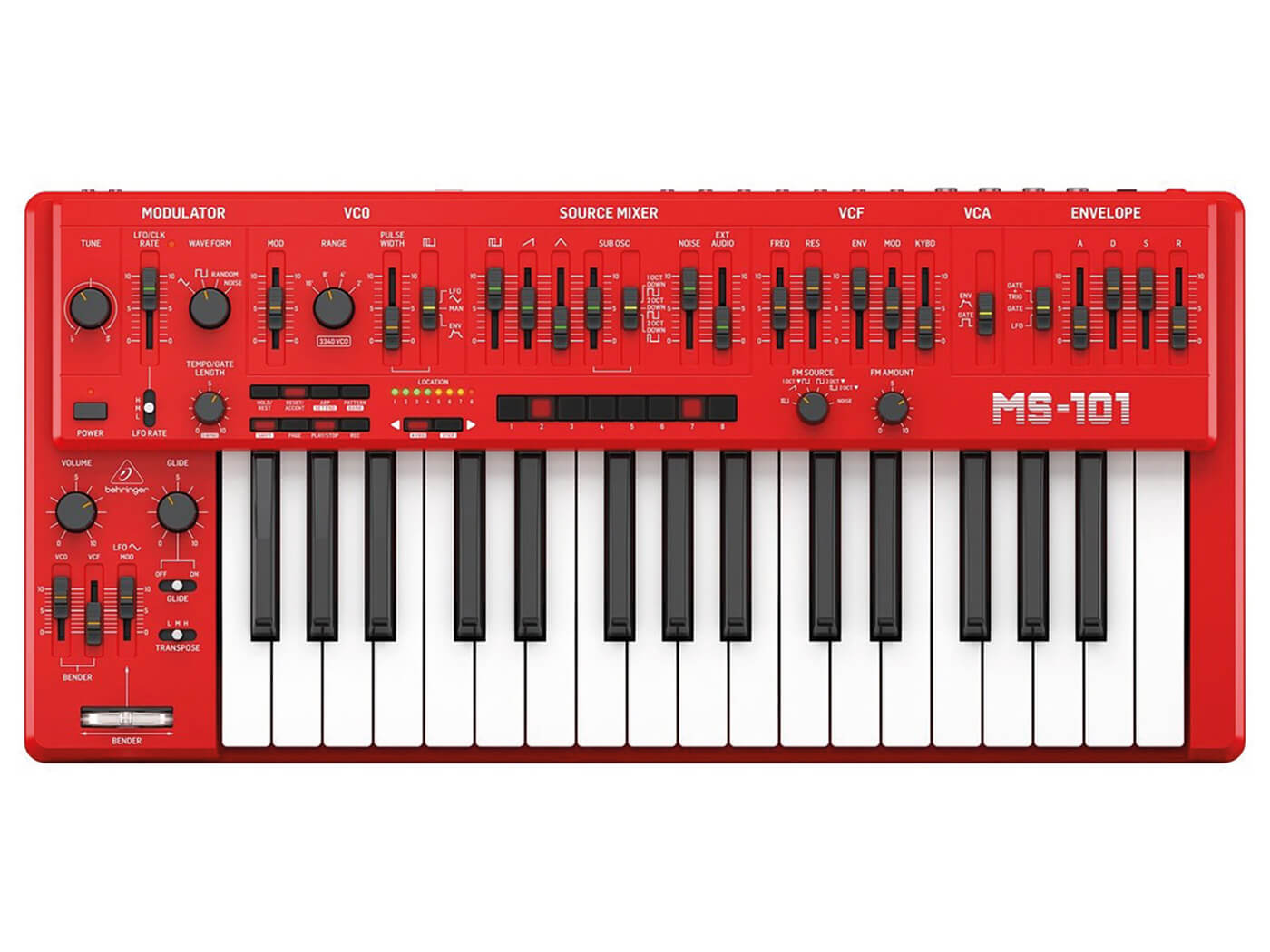
So many people will tell you that original Moogs, ARPs, Rolands, Korgs, Buchlas and Yamahas can’t be beaten, but the truth is that they can, or at least there will be modern variants that cost a lot less. Most classic synths have been recreated in either software of hardware (or both), either by the companies that originally made them or by other companies who will give them names like Borg or Noland, or other such nonsense, to avoid possible litigation. As ever, if you want the badge, expect to pay, but rest assured: if the original costs, there will be a clone of it out there somewhere.
For more essential guides, check here.